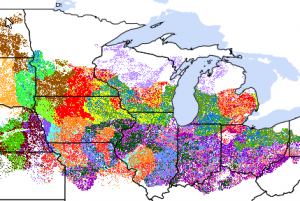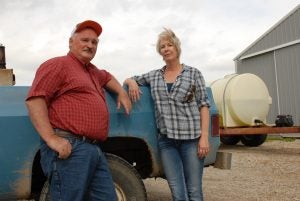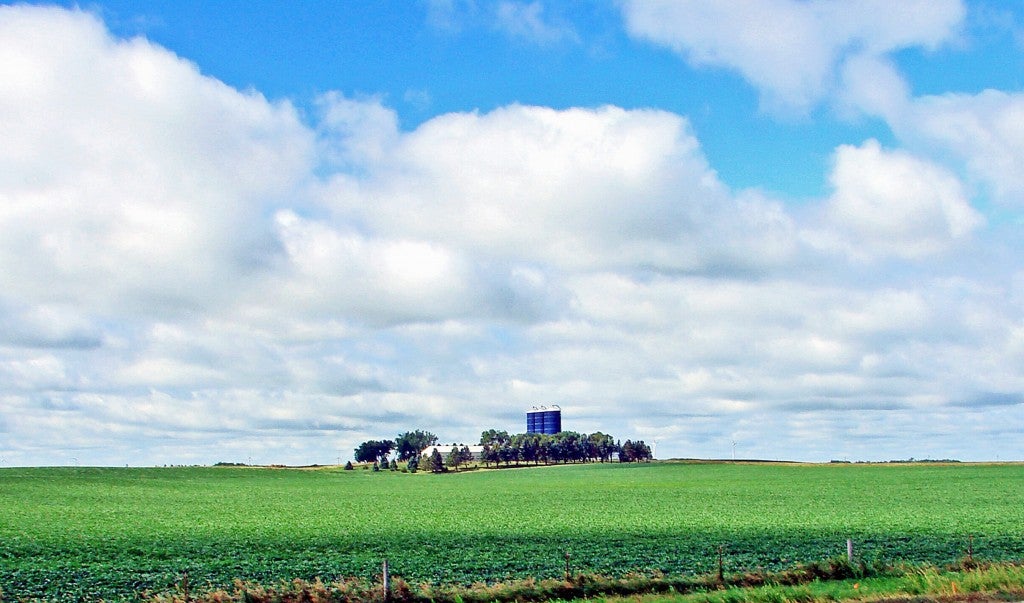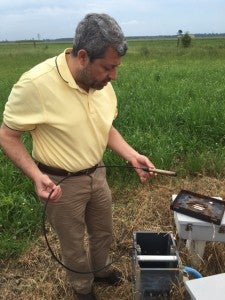
Areas with the same color indicate zones where the soil and climate are comparable – and consequently, where a fertilizer management product or tool could perform similarly.
NutrientStar, which assesses fertilizer management products and tools using field trials and in-depth scientific reviews, was a game changer for farmers. Prior to the launch of the program last year, there was no expert review program – no Carfax, no Consumer Reports – to help farmers determine what tools would work as advertised.
The only downside of the program was its limited utility. Farmers had no easy way to extrapolate results from the relatively few number of field trials performed thus far to their own locations.
Now, a new geospatial feature called the Technology Extrapolation Domain (TED) framework will make NutrientStar accessible to tens of thousands of additional farmers across the Corn Belt.
I like to think of it as NutrientStar on steroids. Read More










 Farmers are bombarded by product claims these days – and they need help.
Farmers are bombarded by product claims these days – and they need help. Applying the right amount of fertilizer to a grower’s field is tricky: too little fertilizer means lost yields; too much fertilizer means wasted costs and potential runoff that causes air and water pollution. Meanwhile, farmers cannot control the weather, which can wreak havoc on the best-laid plans.
Applying the right amount of fertilizer to a grower’s field is tricky: too little fertilizer means lost yields; too much fertilizer means wasted costs and potential runoff that causes air and water pollution. Meanwhile, farmers cannot control the weather, which can wreak havoc on the best-laid plans.


 In order for the agriculture sector to deliver on the growing demand for sustainable grain and participate in emerging carbon markets, growers need a way to demonstrate that their management practices are benefiting the environment.
In order for the agriculture sector to deliver on the growing demand for sustainable grain and participate in emerging carbon markets, growers need a way to demonstrate that their management practices are benefiting the environment.